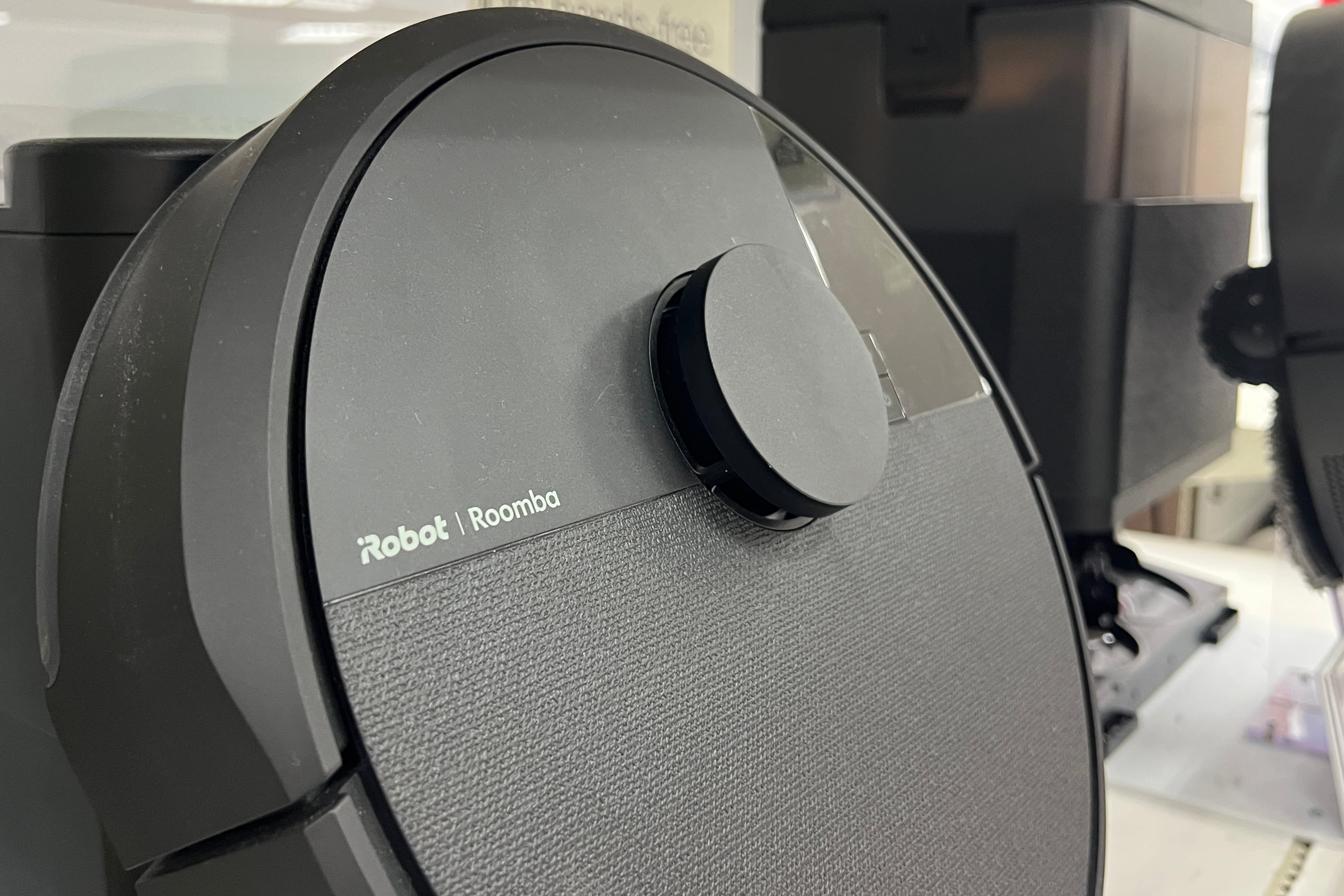As hybrid working beds down, its impact on areas such as productivity and communication is becoming more apparent.
At first glance, hybrid working looked like something that organisations could plug and play. In reality, it was nothing of the sort because the human and commercial aspects of the process were not necessarily sweetly aligned. The ensuing headbutting between the two has made it harder to implement hybrid working. It is also becoming clear that there are subtleties to the concept that have long-term implications for how organisations run and organise themselves, but which were not visible initially.
For example, most of the research to date on pandemic and post-pandemic remote and hybrid working shows that, by and large, productivity is the one thing that hasn’t suffered: in many cases it has improved.
One manager highlighted to me that there is actually a big difference between individual productivity and team productivity. It was a point well made
But as Dr Tatiana Andreeva, associate professor in management and organisational behaviour at Maynooth University, discovered during interviews for a new study on hybrid working, subtle differences between hybrid and non-hybrid working have started to show even in productivity.
READ MORE
“On the surface, productivity looked fine during Covid, with little or no decline at most companies,” she says. “But then one manager highlighted to me that there is actually a big difference between individual productivity and team productivity. It was a point well made, because we tend to think of productivity as very much an individual thing.
“In this particular case, the individual team members were all performing very well working from home but, as a group, they were producing fewer products more slowly.”
The manager’s hunch as to why this was happening was that when people are working remotely, it is easier for someone to go off piste and spend time burrowing down a rabbit hole that will ultimately contribute nothing to the final product – however well-intentioned. Had the team been together in the office, the manager believed, the deviation would have been noticed and shut down much faster, because it would have emerged naturally during the course of normal chit-chat and less time would have been wasted.
[ 2022: Hybrid working can create a very unequal playing field post-pandemicOpens in new window ]
Also beginning to show are hybrid-driven shifts in communication patterns among employees which have implications for how organisations operate internally. Well-run organisations tend to be those with open lines of cross-functional communication. However, research has shown that remote work typically leads to employees becoming more siloed. This results in less communication and less connection between departments which is not good for workflow, information-sharing or knowledge transfer.
Compounding this is the fact that how people communicate at work has also changed significantly since the pandemic began. Before Covid, synchronous communication, such as in-person meetings and phone calls, was dominant. That has now been flipped on its head with a rapid increase in the use of asynchronous communication, such as emails, texts and messaging apps, often because people are now working non-standard hours. This makes it more difficult to network and develop new connections.
A study of more than 60,000 knowledge workers at Microsoft found that remote working also makes people gravitate towards those they already know within their company. The downside of opting for familiarity, however, is that new ideas and new learning is more likely to come from people within their organisation that they don’t know. By reducing the number of new connections being made and with technology replacing talk, the researchers concluded that it will be much harder for employees to acquire and share new information in the future.
Some of the other conclusions about the pros and cons of hybrid working that can be surmised from what managers have been telling Dr Andreeva is that being in the office generally facilitates faster coordination and decision-making, while it’s easier to brainstorm with everyone physically present. The social aspect of being together is considered important because it is emotionally uplifting and it creates strong ties, while being in the office also means being more visible to one’s boss (better for promotional prospects) and having the opportunity to learn from one’s colleagues.
It’s concerning to assume that hybrid working is good for everyone. This may not necessarily be so, which is why it has to be thoughtfully managed
“What I also see is a difference in perspectives – whether it’s an individual employee or a line manager I’m talking to. They see the advantages of hybrid quite differently,” Dr Andreeva says. “This is partly because, in many cases, a manager’s job has a lot to do with coordination and it’s easier when people are together. I also think it’s concerning to assume that hybrid working is good for everyone. This may not necessarily be so, which is why it has to be thoughtfully managed.
“Secondly, reaping the advantages depends on certain things being realised and is contingent on the type of the job. For example, if a job requires coordination with others then the advantages of being in the office only come to fruition if the colleagues you want to interact with are all there. Otherwise coming to the office may lead to disappointment. Right now, this may not happen naturally. It needs to be agreed and planned. Ad hoc doesn’t work well.”
Hybrid strategies have to meet the needs of the business and its employees, but both sides have to be realistic and accept that needs may change over time. Hybrid is not a static concept, nor is it “one size fits all”; and, as of now, few HR departments have had enough time to define what it looks like for every single role within their organisation and how this matches with the underlying needs of the business. Until this happens, there may still be bumps in the road ahead.





















